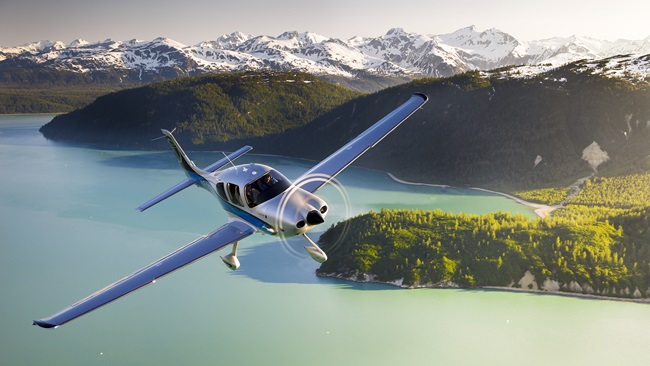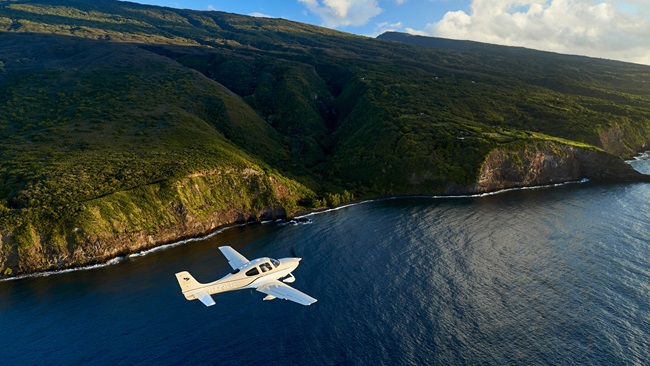TFR set for May 4 in Bedminster, New Jersey
AOPA is notifying members that the FAA will implement temporary flight restrictions from 9:30 p.m. on May 4 to 10 p.m. on May 7 in Bedminster, New Jersey, the location of the Trump National Golf Course Bedminster.
Two general aviation airports within the inner core of the TFR, Solberg-Hunterdon Airport in Readington, and Somerset Airport in Somerville, will have all operations halted during the TFR’s effective period.
According to news reports, President Donald Trump was scheduled to attend a dinner reception May 4 aboard the aircraft carrier USS Intrepid, which is docked on Manhattan’s west side, before traveling to his golf club in Bedminster, west of New York City, for the weekend.
The TFR’s configuration includes a 10-nautical-mile-radius inner core and a 30-nm-radius outer ring centered on the Solberg VOR 035-degree radial at 6.9 nautical miles. The TFR will be in effect from the surface up to and including 17,999 feet msl with exclusions that are described in the notam.
All aircraft operations in the inner core are prohibited except law enforcement and security flight operations, and approved scheduled air operations as described in the notam.
In the outer ring, the New York Class B airspace Hudson River SFRA Exclusion and East River SFRA Exclusion is excluded from the TFR restrictions. All other aircraft operating within the outer ring are limited to aircraft arriving or departing local airfields, and workload permitting, ATC-authorized transit operations. Aircraft may not loiter. All aircraft must be on an active IFR or VFR flight plan with a discrete code assigned by an air traffic control facility. Aircraft must be squawking the discrete code prior to departure and at all times while in the TFR, and must remain in two-way radio communications with ATC, according to the version of the TFR notice posted by the FAA on May 3.
Some arrival and departure restrictions and other routing impacts will result from the TFR’s proximity to New York area airports.
The general aviation airport shutdowns resulting from the TFR mirror the impact presidential travel has had on Florida’s Palm Beach County Park Airport, or Lantana Airport, which is located close to Trump’s Mar-a-Lago private club. Airport business suffered significant financial losses during frequent weekend visits to Mar-a-Lago between December 2016 and April 2017.
“AOPA has strongly pressed efforts to find a solution for the negative impact TFRs have had on Lantana Airport and will now have on the two New Jersey general aviation airports that will be shut down,” said Nobuyo Sakata, AOPA director of aviation security. “AOPA continues to seek congressional support for minimizing the economic and operational impacts of TFRs, while still providing adequate security for the president.”




